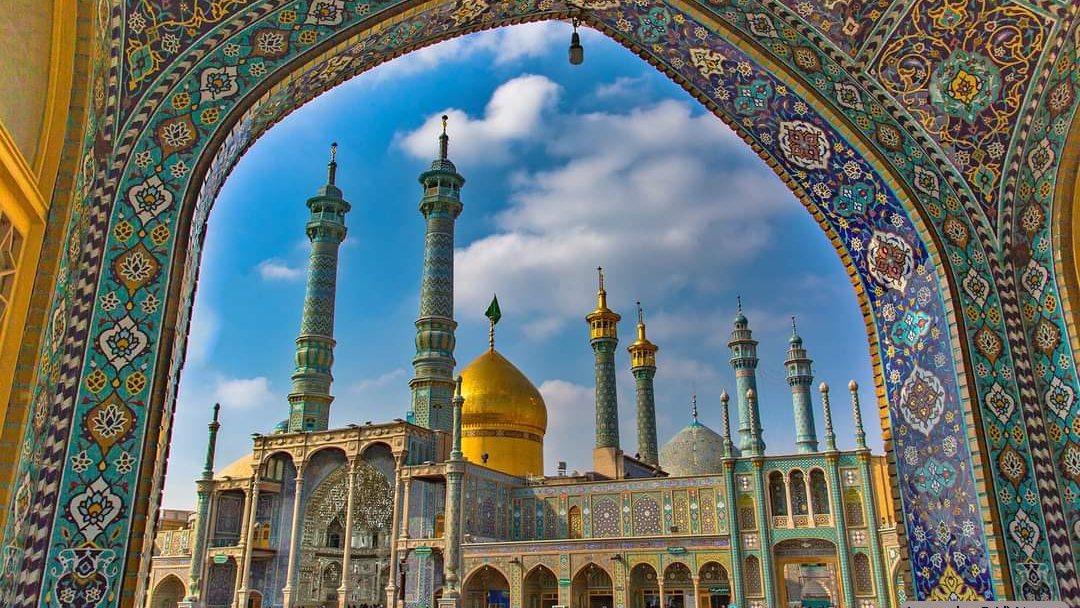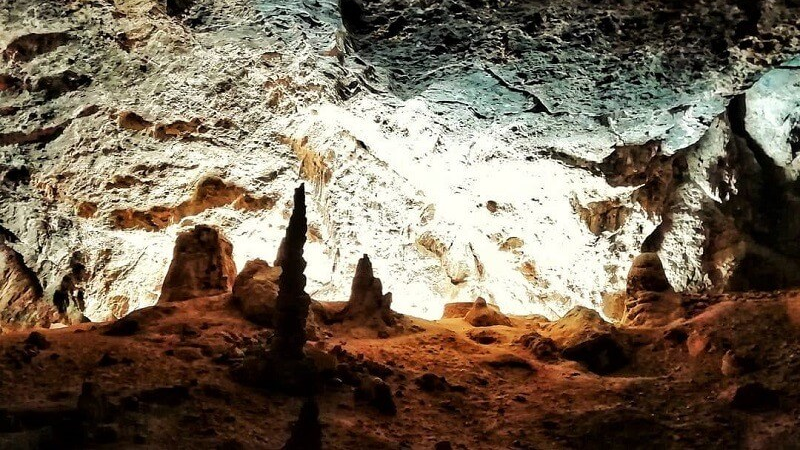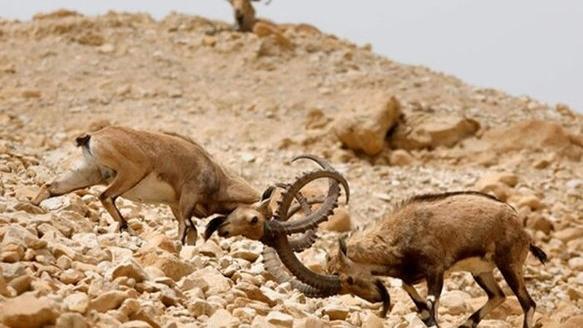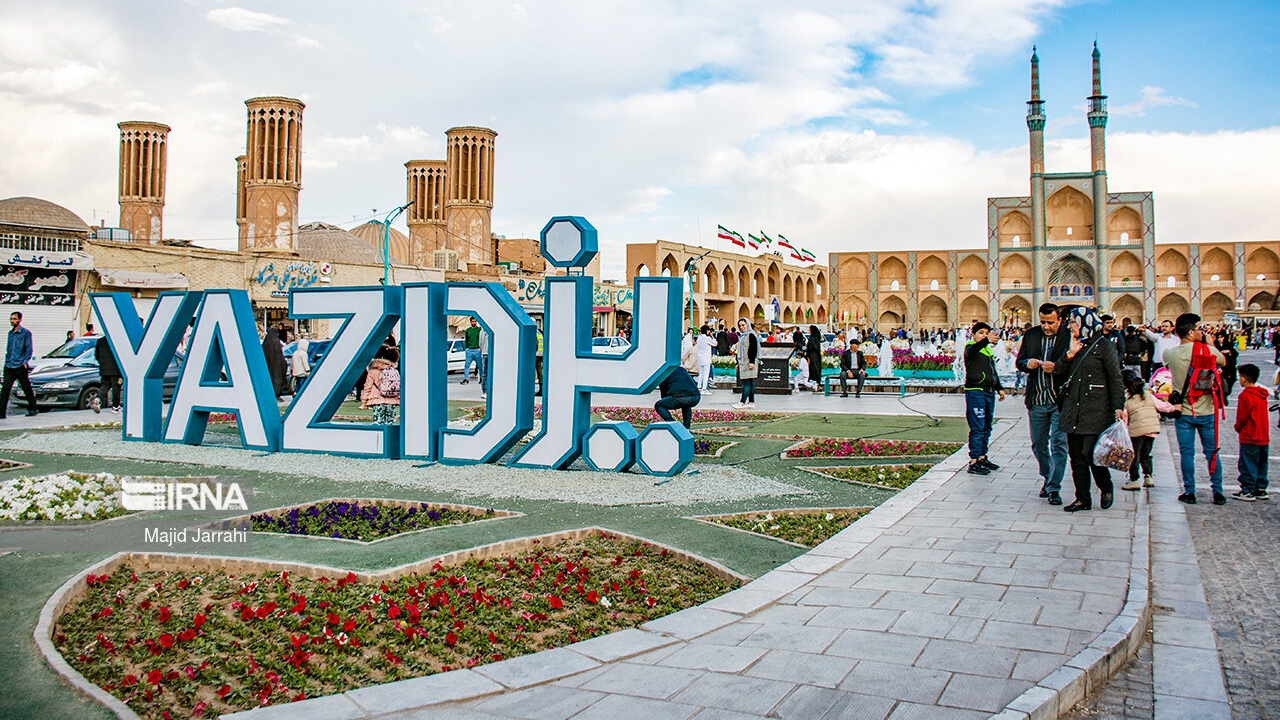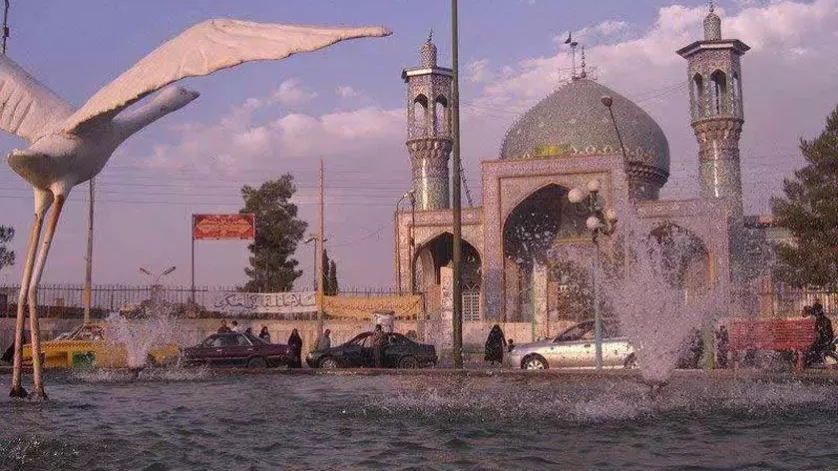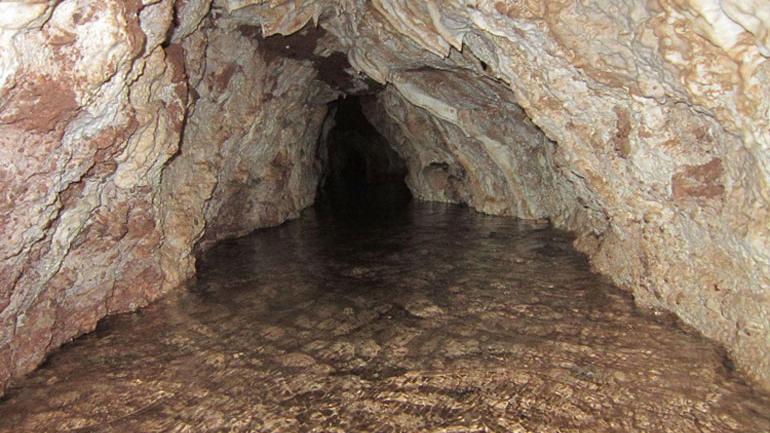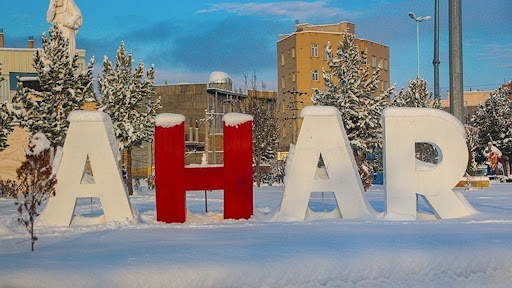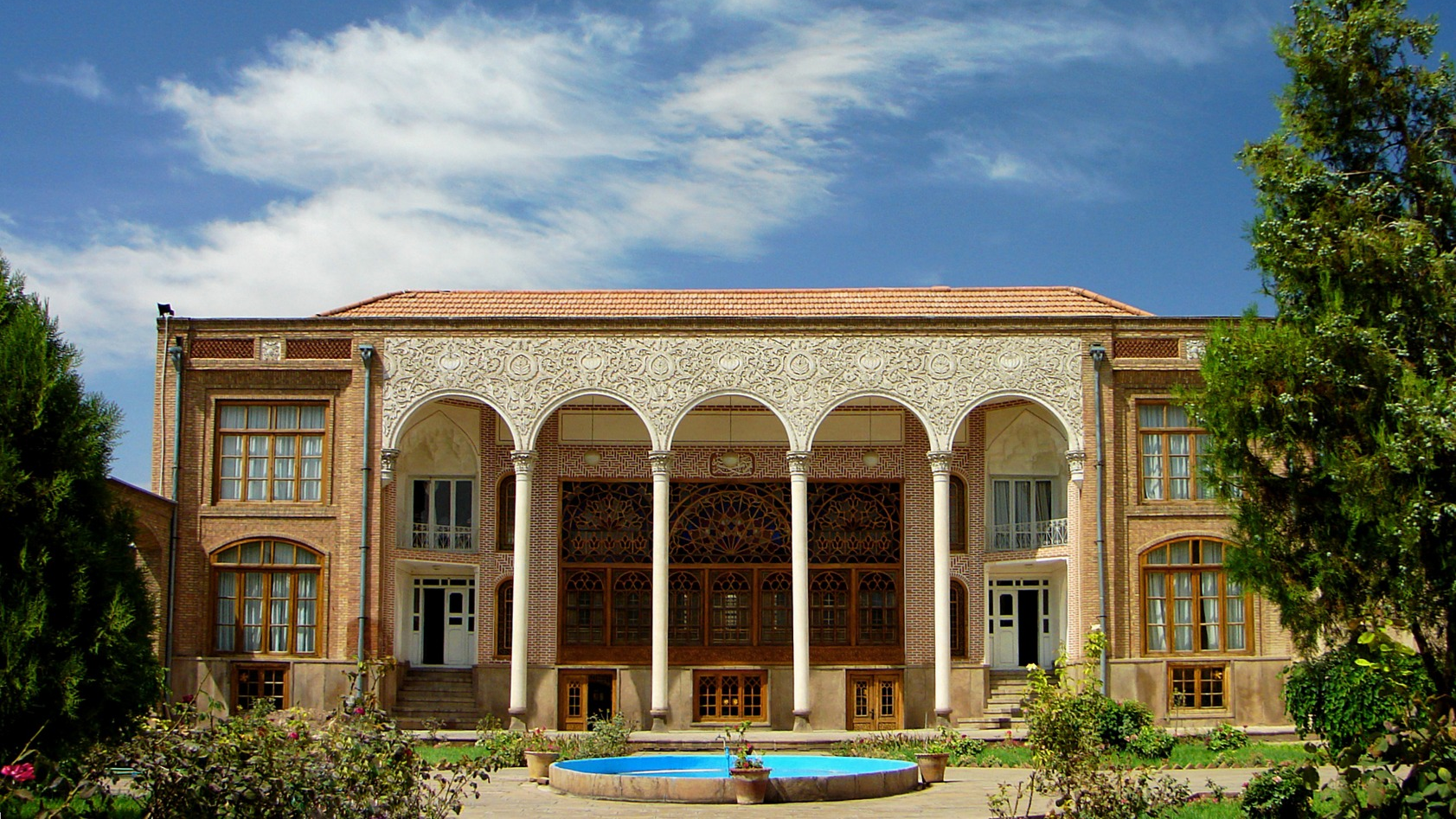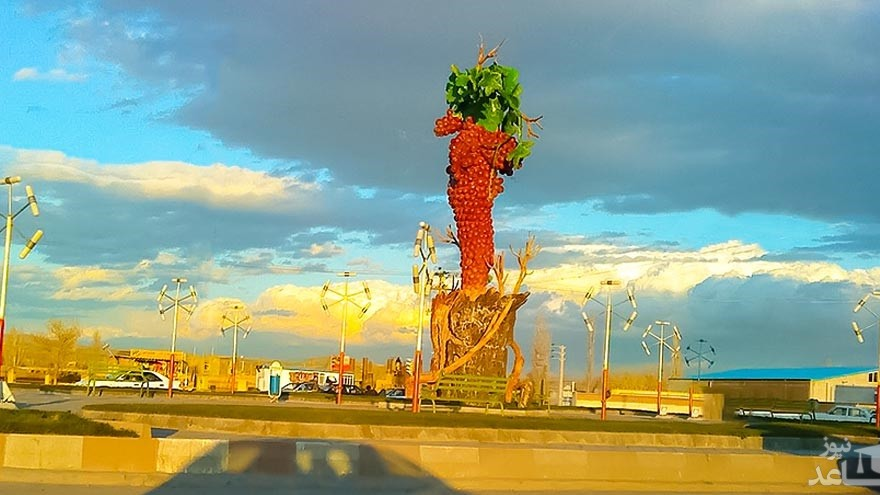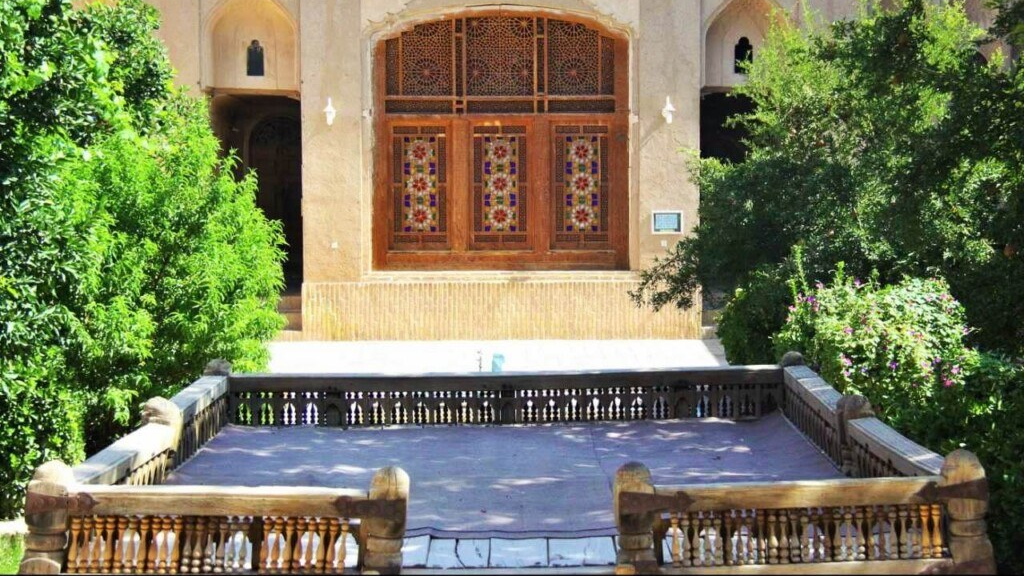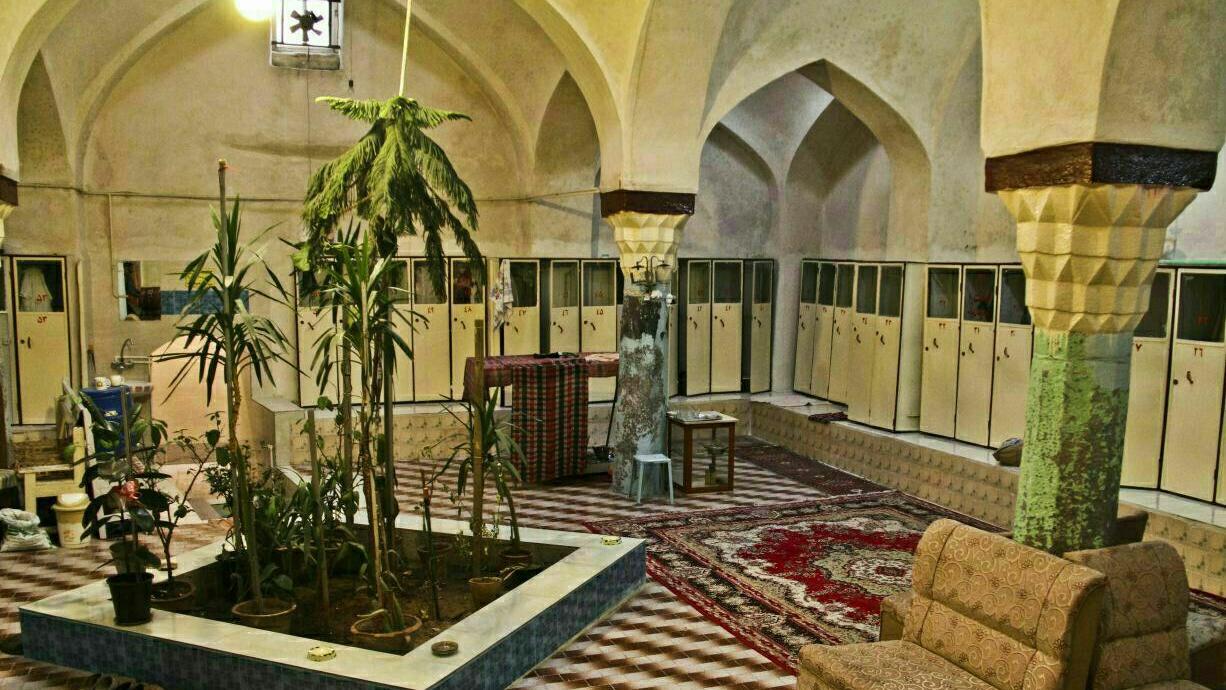
Negel Village
Kurdistan Province is one of the mountainous provinces of Iran, which attracts many domestic tourists in summertime when the weather is rather hot in other parts of the country. This province has many enchanting beauties, but the Negel Village of this province, apart from its natural attractions, is also famous for the existence of a historical Qur’an, which was discovered due to an incident and made the village famous.
Where Is Negel Village Situated?
Nagel village is a part of Klatarazan District of Sanandaj City and has a population of about two thousand people. The distance between Negel Village and Sanandaj is about 65 km and it can be accessed through the Sanandaj-Marivan Highway.
The beautiful village of Negel is located in the middle of a valley and neighboring the Shushir River in the south. “Hasan Aali” and “Pol Chermo” mountains are located in the north and southeast of this village respectively. Negel Village also borders “Qhajakan” mountain from the south, “Kani Chermo” Valley and “Kureh Mianeh” mountain from the northwest, “Kachol” Valley from the west and southwest, and “Rasni” Valley from the northeast. The winters of Negel Village are very cold and long, but it has mild summers. The existence of mountains and valleys around and a beautiful river located in this village makes it a favorable destination for the summer. But what has made Negel Village famous is neither the valleys and mountains around it nor its pleasant summer climate, but rather an incident that led to the discovery of a very old copy of the Holy Qur’an.
The Incident that made Nagel Village Famous
Nagal Village owes its fame to the existence of a very old copy of the Holy Qur’an and the interesting story about how it was found. According to this story, about a thousand years ago, a shepherd from the surrounding villages took his sheep to graze in one of the valleys. When the sheep were grazing and the shepherd was resting, a beautiful flower suddenly caught his attention. The shepherd got up to pick the flower and tried to remove it from the ground in such a way that no damage would be done to it. He, thus, dug a small hole in the ground, and quite strangely, saw a chest under the ground. He tried to remove the box from beneath the ground but he failed to do so on his own. He, therefore, called the people of his village to help him pull the chest out of the ground. Finally, when with everyone’s efforts, the chest was pulled out of the ground and opened, and an old copy of the Holy Qur’an was found in it. The people of the village considered the place where the Qur’an was found holy and built a mosque there which was named after Abdullah ibn Omar. Thereafter, some people moved to this place and built houses there and this formed the foundation of Negel Village.
Features of the Old Qur’an of Negel Village
The Qur’an of Negel Village has been written in Kufic script on a brown parchment similar to deer skin and is preserved in the historical mosque of the village. The diacritics of this Qur’an and its decoration are done with gold. There are beautiful plant motifs in the margins of this Qur’an. Some experts have confirmed the opinion of the people of this village that this Qur’an was written during the time of the third caliph (caliphate from 644 to 656 AD). Thus, the Qur’an of Negel Village is one of the four copies of the Holy Qur’an that were sent to different parts of the world, including Iran, during his time.
The dimensions of this old copy of the Holy Qur’an are 38 by 21 cm. This precious copy of the Holy Qur’an had been stolen twice but was recovered again. The restored version of it is now preserved in a glass and anti-theft case in the mosque of the village and is on display for the public. This old copy of the Holy Qur’an was inscribed in the name of Negel Village on the list of Iran’s national heritage in the year 2012 AD.
The First Rural Museum of Iran
A museum was founded in Negel Village in the year 2013 AD, which had two sections: Qur’anic and anthropological. This museum was considered the first rural museum in Iran and helped to complete the tourism chain of the village. All the artifacts that are kept in this rural museum, including ornaments, agricultural tools, and cultural items, and some of them are more than 200 years old, have been donated by the people of the village.
Natura Attractions of Negel Village
Having a pristine nature, Negel village is a good place for nature tourism. “Chal Nav” Lake, which is located on the way to the peak of Mount “Kureh Mianeh” and five kilometers from this village, is a good option for spending summer days. “Kani Chermo” Valley is also located on this route, where the beautiful “Qahlohzeh” Waterfall can be seen. This waterfall flows throughout the year and originates from the snow on the surrounding peaks.
“Qal’ehgah” and “Mey Khan” hills, and the “Di Yehr” Castle are other old places of Negel Village. The ancient hill of Qal’ehgah was also inscribed on the list of Iran’s national heritage in the year 2004 AD.
There is an adobe bridge about one kilometer away from the Negel Village the longevity of the construction of which dates back to the reign of Amanullah Khan Ardalan and at the same time as the Dar al-Ehsan Mosque in Sanandaj was built sometime in the early 19th century AD).
The other pleasant sightseeing places - or so-called tourist attractions - in this area are a castle known as the Castle of Yazdgerd II, which is located five kilometers south of Negel, and also a dam called “Negel Dam”, which is located at a walkable distance from the village.
What Are the Facilities that Negel Village Can Provide for Tourists?
By taking into consideration the presence of quite a number of tourists, especially in the summertime, the residents of Negel Village have prepared good facilities to welcome them, which include a pilgrim’s house, a guest house, a parking lot, a children’s park, and a health center.
Nagal Village owes its fame to the existence of a very old copy of the Holy Qur’an and the interesting story about how it was found.
| Name | Negel Village |
| Country | Iran |
| Type | Historical |
| Registration | National |
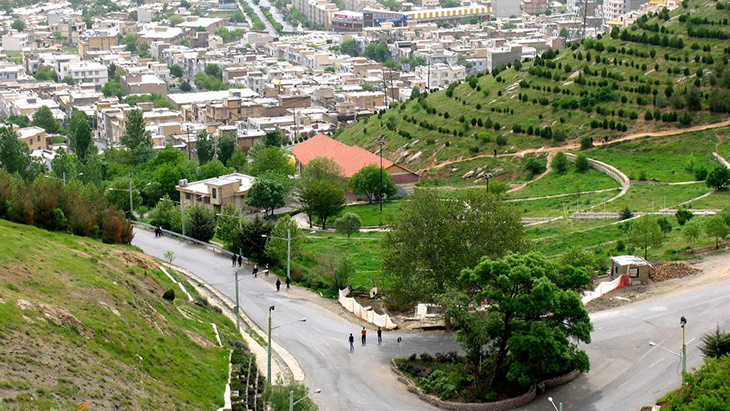
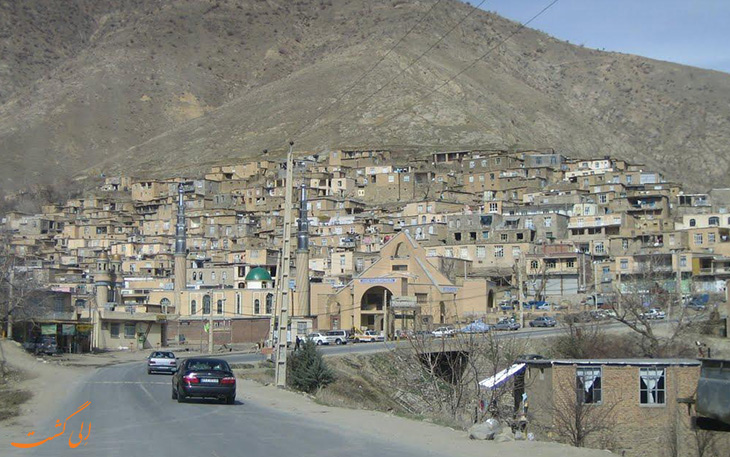
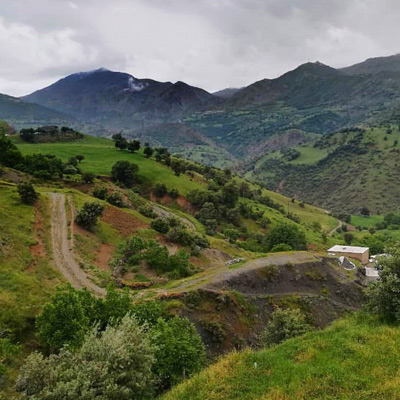
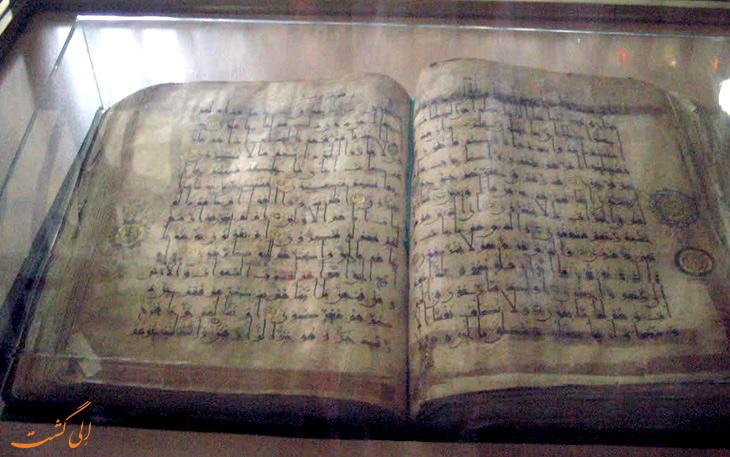
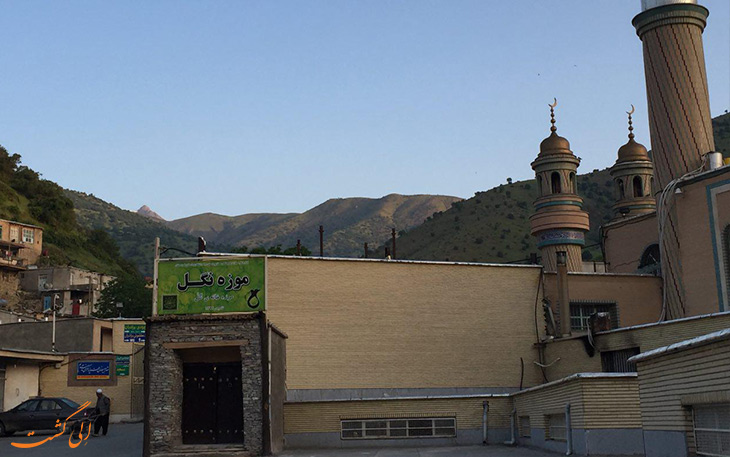





Choose blindless
Red blindless Green blindless Blue blindless Red hard to see Green hard to see Blue hard to see Monochrome Special MonochromeFont size change:
Change word spacing:
Change line height:
Change mouse type:
